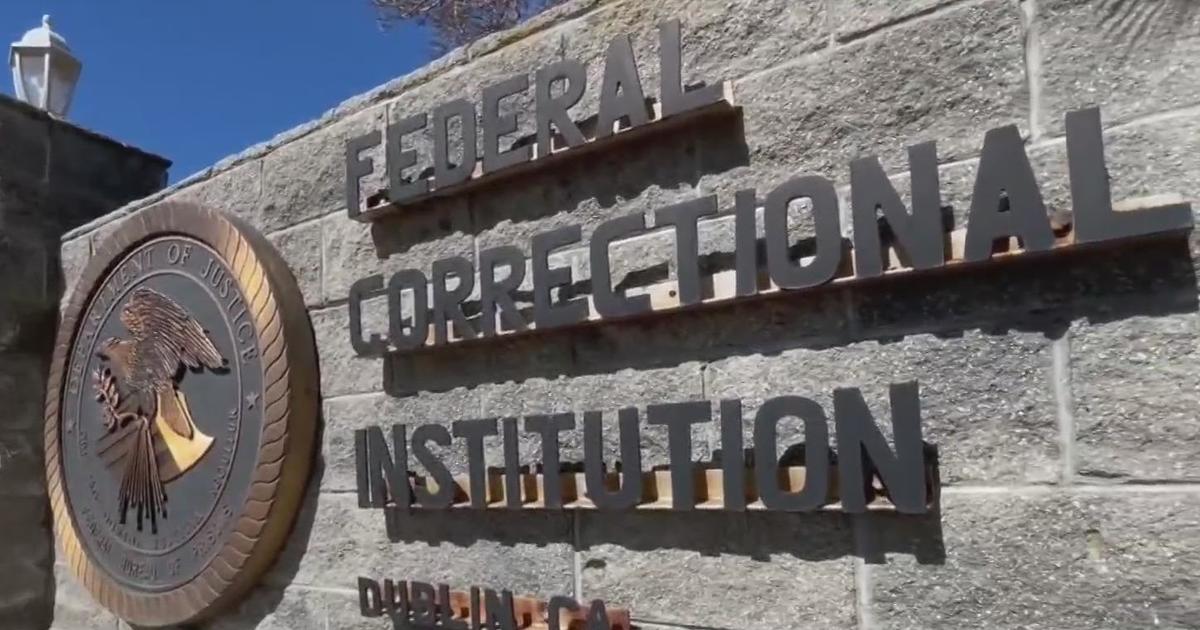Democrats At Odds Over California Budget Surplus
SACRAMENTO (CBS/AP) - California is enjoying a revenue surplus for a change. Gov. Jerry Brown is reaping the benefits of an economic turn-around and higher taxes as he prepares to release his update Tuesday for the coming fiscal year's budget.
The stock market is surging, home prices are up and the unemployment rate is down, contributing to a revenue surge of $4.5 billion more than expected from personal income taxes.
But the Democratic governor, who has pledged to maintain fiscal restraint and build a cash reserve, faces pent-up pressure from members of his own party. Democratic lawmakers want to spend the additional revenue to make up for years of budget cuts to programs serving women, children and the poor.
Assembly Speaker John Perez, D-Los Angeles, announced his fiscal priorities last week and said he wants increased spending on child care services for the poor and college assistance for middle-class families.
State Educators & Health Care Officials Apprehensive Over Gov's Budget Revisions
"This is about responsibility. It's not about walking away from our obligations," he said.
Other Democrats are pushing to restore a wide array of safety-net programs that were eliminated or reduced during the recession, including adult dental care for the poor and mental health care. Doctors, hospitals and other health providers want the state to end a 10 percent Medi-Cal reimbursement rate cut. And children's and health advocates are pushing to restore health care services, if not expanded to all Californians.
"He's going to be fighting his own Democrat Legislature because there's so much pent-up desire to spend," said Senate Minority Leader Bob Huff, R-Diamond Bar.
Brown included additional revenue from Proposition 30, the tax initiative approved by voters last fall, in the $97.6 billion general fund budget he announced in January for the fiscal year that starts July 1. Since then, personal income taxes, which are the state's largest source of revenue, have come in ahead of the administration's estimates.
Those collections exceeded projections by nearly $5 billion for the month of January alone.
In all likelihood, education is expected to take the largest share of that extra money under the state's funding formula, said H.D. Palmer, the governor's finance spokesman. Brown also is reluctant to commit to restoring services because the spike in personal income tax revenue may be the result of early withholdings, a one-time phenomenon.
"We have seen what happens, if you go back to the dot-com era, when the state takes one-time revenue and increases ongoing spending," Palmer said. "We don't want to see that movie again. It doesn't have a good ending."
Brown is taking advantage of the surplus to push for a new K-12 funding formula that would channel additional money to schools with high levels of low-income and non-English speaking children. He also wants to give school districts more control of the money they receive from the state.
But the governor is running into resistance from lawmakers who represent more affluent areas that would not gain as much under his plan. Democrats in the state Senate are proposing an alternative that does not include extra money for school districts where more than half of students are low-income.
Senate President Pro Tem Darrell Steinberg, D-Sacramento, said he supports more money for children from low-income families but believes the money should follow the child -- even if he or she lives in an affluent community.
Brown acknowledged last week he has more negotiating to do on his education funding change.
"There's give-and-take here; we don't issue dictates," the governor said. "But the idea of putting money where the kids have the biggest challenge in the schools or districts that have the biggest challenge because of the concentration, that's the core idea."
Another task Brown and state lawmakers have to complete is expanding the state's Medicaid program to some 1.4 million low-income residents as part of California's efforts to get ready for the Affordable Care Act, which takes full effect next year.
Democrats, who control the Assembly and Senate, disagree on details of the enrollment and implementation process while Brown is pushing for savings by reducing county support for indigent care. Democratic lawmakers and health advocates fear that even a short delay will cost California hundreds of millions of dollars in federal support.
"We want to proceed cautiously, and we don't want to bite off any more than we have to chew," Brown said last week.
He has pledged to hold the line on spending and build a rainy day fund. His administration has proposed winnowing the state's estimated $27.8 billion short-term debt to $4 billion over the next four years.
Republicans say the governor is not as fiscally restrained as he seems.
They have been sidelined from budget talks since voters approved a rule change in 2010 that allows the Legislature to pass a budget by simple majority vote, rather than a two-thirds supermajority.
"The governor does talk pretty well about staying fiscally conservative, and yet he does talk about high-speed rail and some other things that are definitely not of that ilk," Huff said.
Brown is championing the $68 billion high-speed rail system despite a decline in public support and questions over how the project will be financed.
The governor's not just feeling pressure from Democratic lawmakers. Advocates for children and women are aggressively lobbying to restore health care, child care and other safety-net programs at the Capitol this week.
A coalition of children's health and autism support organizations, for example, said some children are not getting the treatment they need since the state moved nearly 1 million children from the Healthy Families program to the state's Medicaid program, known as Medi-Cal.
Ted Lempert, president of Children Now, called the issue "a shameful failure" that the state has known about for months.
Meanwhile, advocates for the poor say women with children have been disproportionately hurt by child care cuts. The state limited welfare assistance to two years instead of five, while reducing programs that provide job training, education and job placement.
(Copyright 2013 by CBS San Francisco. All Rights Reserved. This material may not be published, broadcast, rewritten, or redistributed.)



